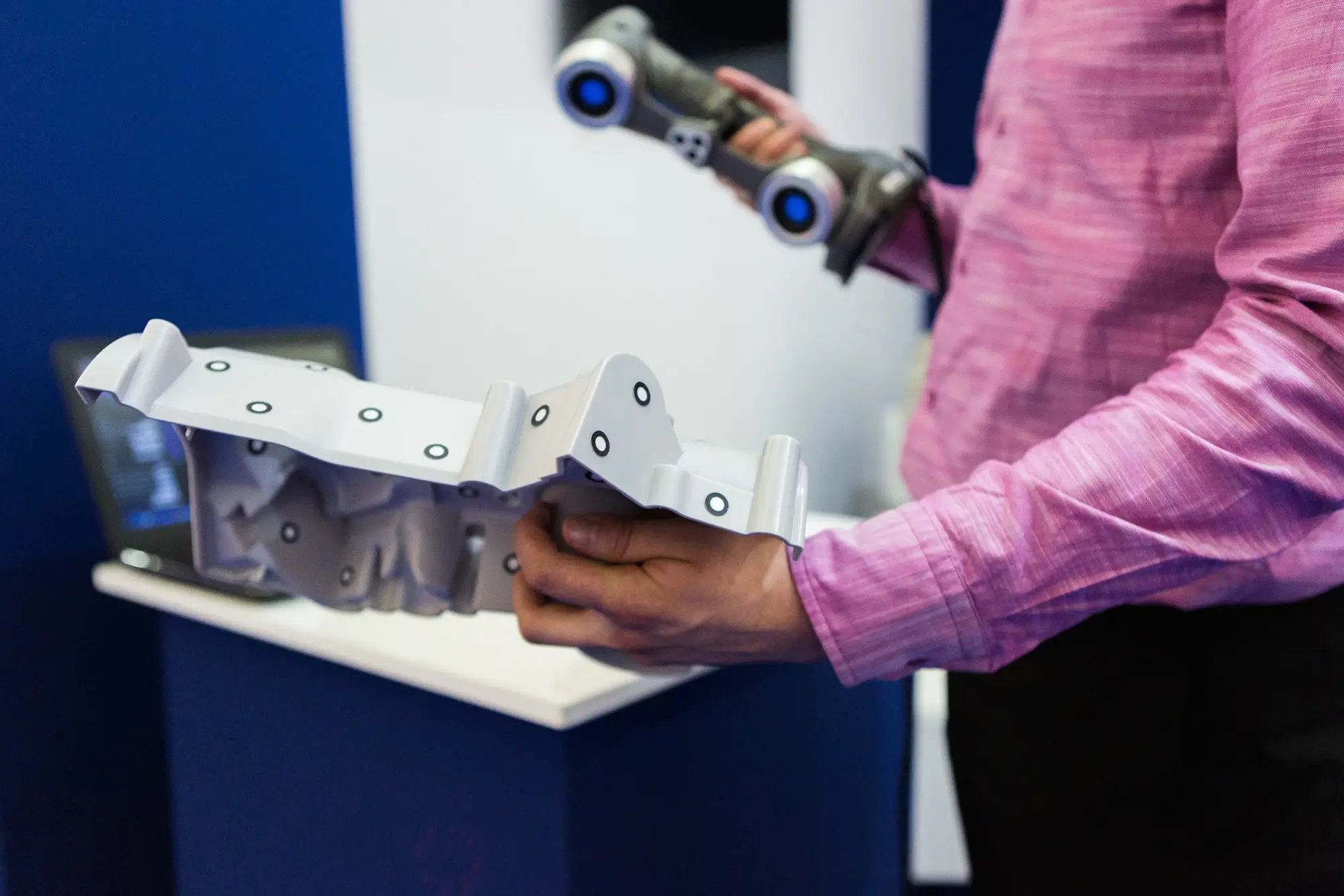How to Buy the Best 3D Scanner

Recent statistics reveal that the 3D scanning market is exploding. In 2020, it was valued at $3.72 billion and was expected to reach $16.66 billion by 2030. This would register a CAGR of 16.3%.
3D scanning is a fantastic concept. However, there are various 3D scanner types on the market. From a handheld 3D scanner option to a desktop version, it can be daunting to choose the best 3D scanner technology for you.
Each has advantages and disadvantages. Weighing the pros and the cons can help you decide. Here is what to consider.
Types of 3D Scanner Technology
Let’s begin by discussing what is available on the market. First, there is laser triangulation which uses light that is projected on an object and takes up millions of dots, or measurements, per second. The light that reflects from the 3D scanner dots helps capture an object’s geometry.
The next 3D scanner type is a structured light scanner. This is the same as a blue or white light scanner.
Typically, it will be projected with two cameras with an angle on either side. The camera captures a light pattern that projects and lays over the object it is scanning.
Depth-sensing cameras use infrared dots. It samples a 3D scene. This is the least expensive type and the simplest to use.The latest iPhone Pros and iPad Pros have LiDAR. It stands for ‘light detection and ranging’ sensors. If you have an occasional 3D scanning need, high-end smartphones and tablets are viable options.
What to Consider
When you buy a 3D scanning device, the first consideration is accuracy. Technologies can vary in accuracy, and with a higher cost, 3D scanning devices usually have higher accuracy. Accuracy can vary widely regarding measured points, location, and resolution.
Generally speaking, the best accuracy and resolution from 3D scanning technology come with structured light scanning.
Handheld or Desktop
Handheld 3D scanners have less in terms of size constraints. Even an inexpensive handheld 3D scanner can capture something as small as a soccer ball or as large as a kitchen room. You can move it around the object too.
If you want handheld technology, click on the 3D scanners found here.
Meanwhile, desktop 3D scanning technology works well for small objects, providing ultra-high precision.
Volume and Coverage
Each 3D scanner technology device can capture a variation in the area. You may want to find a device that will fit your size requirements. There is no need to consider too much overhead because the bigger the area, the higher the cost.
Try to avoid paying for things you don’t need.
Buying a 3D Scanner
If you wish to buy the best 3D scanner, consider your needs. You must decide how much accuracy you need, how large the area you will scan, and whether you prefer a handheld device. These are your highest considerations.
Today’s technology is incredible! This is why we post articles daily on innovative technologies like this. Be sure to look through our extensive library of tech articles, lifestyle articles, and much more.
